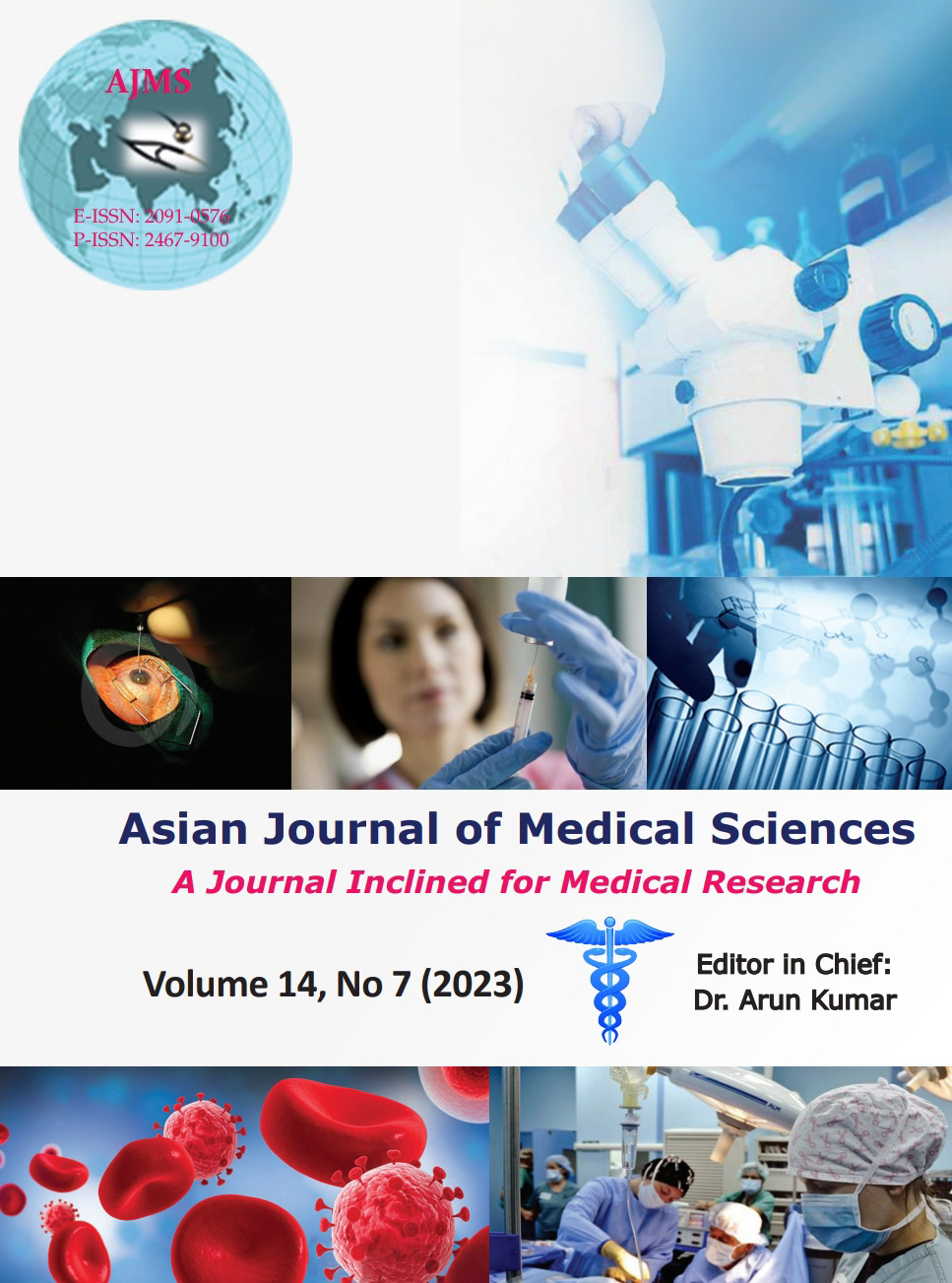Life events in obsessive-compulsive disorder: A cross-sectional study
Keywords:
HAM-A; HAM-D; OCD; PSLES; Stressful life events; Traumatic life events; Y-BOCSAbstract
Background: Obsessive compulsive disorder (OCD) is a chronic psychiatric disorder having significant deterioration in patients’ socio-occupational functioning. Stressful life events (SLE) were noted before onset of this disorder. The previous study with Indian population found positive correlation between stressful and traumatic life events and OCD, but was with small sample size and thus result couldn’t be generalized.
Aims and Objectives: The aim of the study was to examine the role of life events in patients with OCD and to find out correlation between them, if any.
Materials and Methods: Consecutive 30 OPD patients fulfilling ICD-10 DCR criteria for OCD were rated with Yale Brown Obsessive Compulsive Scale (YBOCS), Hamilton Rating Scale for Depression (HAM-D), Hamilton Rating Scale for Anxiety (HAM-A), and Presumptive Stressful Life Events Scale (PSLES). A group of 30 healthy controls from unrelated patient party were also rated on PSLES. Finally, both groups were statistically compared in terms of life events.
Results: Two groups were identical in distribution of age and sex. The frequency of life events, 1-year (P=0.000) and lifetime (P=0.000), were significantly higher in OCD group in comparison to healthy controls. There was significant positive correlation between PSLES scores and YBOCS scores. Step-wise linear regression analysis found positively predictability of PSLES score to OCD severity.
Conclusion: OCD patients have statistically significant SLE before the onset of their disorder and total number of life events has positive correlation with severity of OCD.
Downloads
Downloads
Published
How to Cite
Issue
Section
License
Copyright (c) 2023 Asian Journal of Medical Sciences

This work is licensed under a Creative Commons Attribution-NonCommercial 4.0 International License.
Authors who publish with this journal agree to the following terms:
- The journal holds copyright and publishes the work under a Creative Commons CC-BY-NC license that permits use, distribution and reprduction in any medium, provided the original work is properly cited and is not used for commercial purposes. The journal should be recognised as the original publisher of this work.
- Authors are able to enter into separate, additional contractual arrangements for the non-exclusive distribution of the journal's published version of the work (e.g., post it to an institutional repository or publish it in a book), with an acknowledgement of its initial publication in this journal.
- Authors are permitted and encouraged to post their work online (e.g., in institutional repositories or on their website) prior to and during the submission process, as it can lead to productive exchanges, as well as earlier and greater citation of published work (See The Effect of Open Access).




